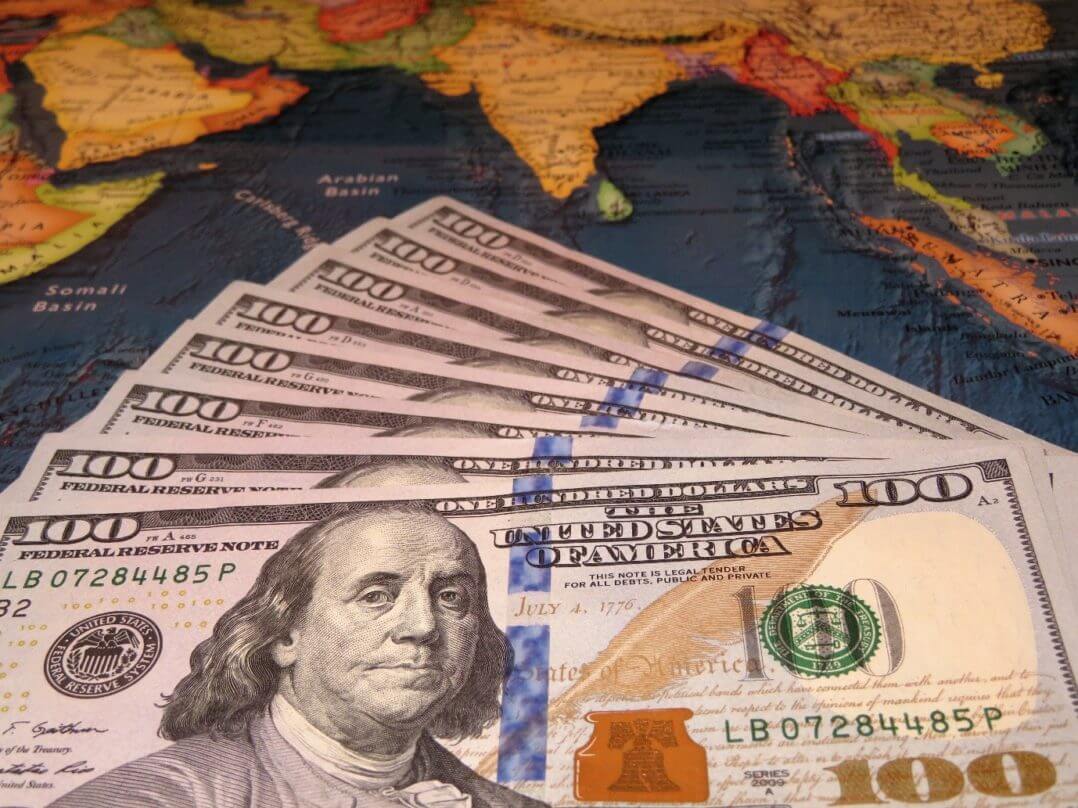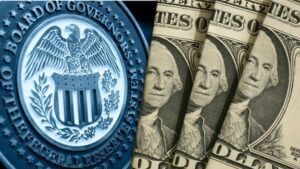The U.S. dollar stabilized on December 25 after a recent drop. New worries about the COVID-19 and the global economy prompted investors to hang on to the safe-haven currency.
According to analysts, the U.S. dollar could continue its decline. But, only in the events that the U.S. Federal Reserve reaffirms its commitment to a highly accommodative monetary policy at its rate meeting later this week.
Notably, Federal Reserve Chair Jerome Powell is likely to signal he has no plan to rewind the Fed’s massive stimulus any time soon. Even after the central bank concludes its policy review on Wednesday.
The U.S. dollar index stood at 90.172. It bounced back on Friday after reaching 90.043 on Thursday, last week’s lowest level.
Severe lockdowns to contain the coronavirus hit the bloc’s dominant service industry hard. Hence, economic activity in the eurozone narrowed considerably in January. The United Kingdom data revealed British retailers struggled to rebound in December.
On Friday, Boris Johnson, British Prime Minister, announced there was evidence a new coronavirus mutation could be associated with higher mortality. At the same time, difficulties in some vaccine roll-outs also weighed on sentiment.
According to analysts, bets against the dollar have become overcrowded. U.S. data on Friday showed net dollar short positions increased to the largest since May 2011.
The euro saw a little change at $1.2174
Furthermore, the euro was little changed at $1.2174, pausing a 0.8% increase last week.
The U.S. dollar is capped in part by signs of political uncertainty in Rome, which has also boosted Italian bond yields. The yield spread between Italian and German bonds hit its highest since November on Friday. Some analysts say that Italy’s situation illustrates the widespread risks of political instability from popular discontent as communities grow exhausted from the pandemic.
According to Makoto Noji, the chief currency strategist at SMBC Nikko Securities, the stock markets’ rally throughout this pandemic relies entirely on central banks’ fiscal expansion and debt monetization. He added that political instability could postpone fiscal measures. Noji announced that the year 2021 would not be the same as 2020.
Furthermore, the sterling stood at $1.3684, not far off a two and a half year high of $1.3745 reached on Thursday, thanks in part to Britain’s lead in coronavirus vaccinations.
Moreover, the yen against the U.S dollar was at 103.76 yen.











